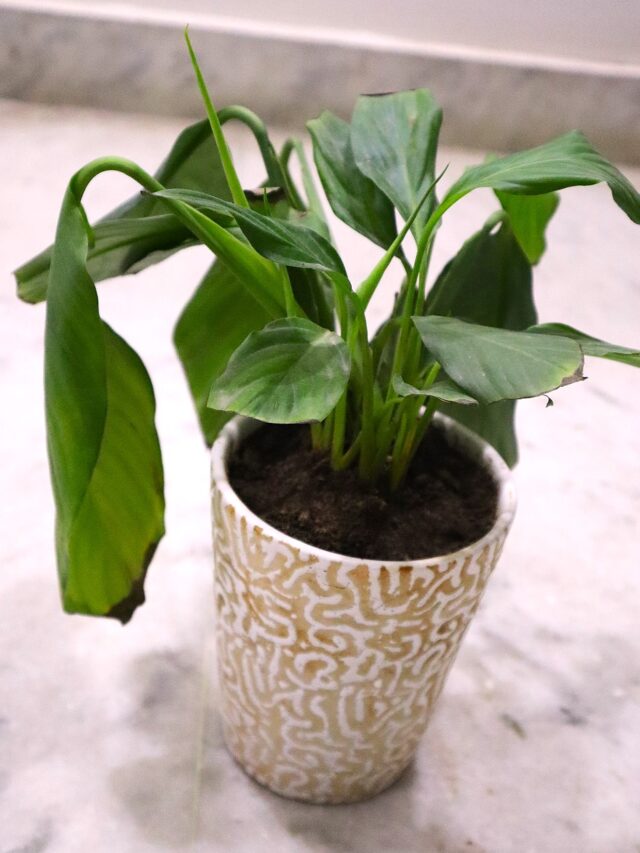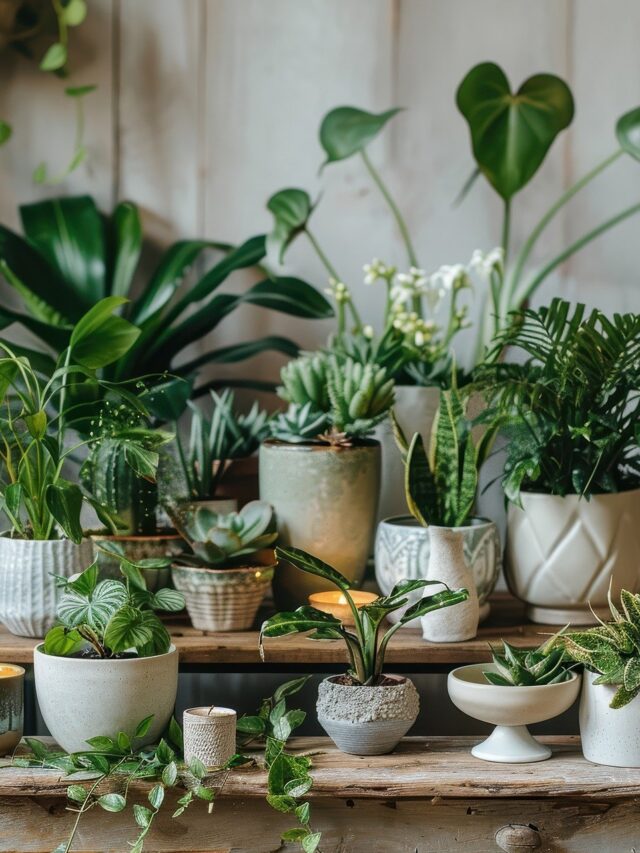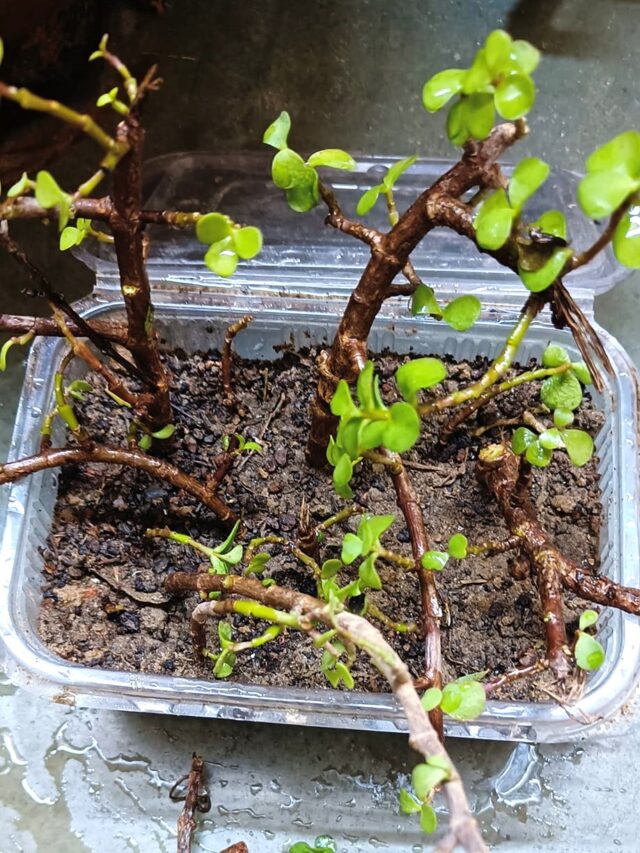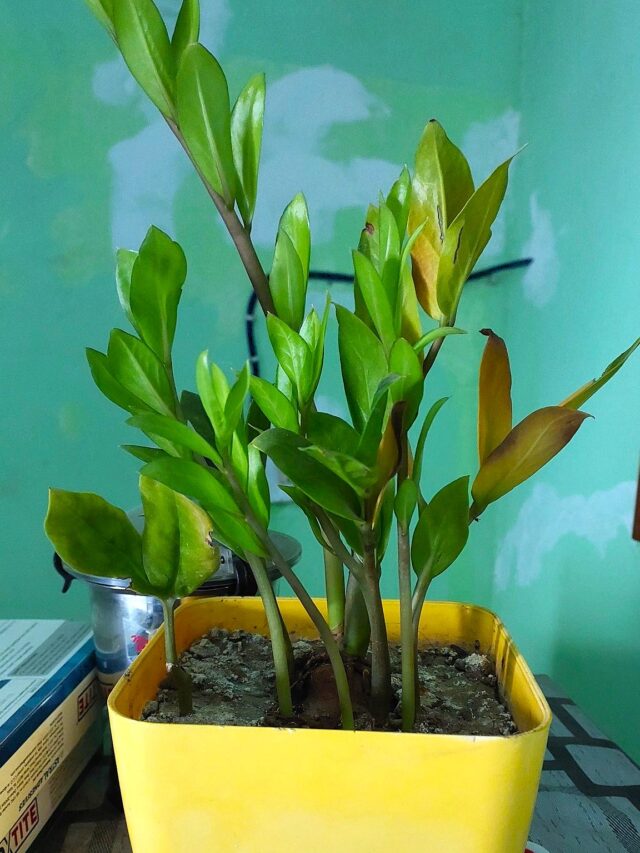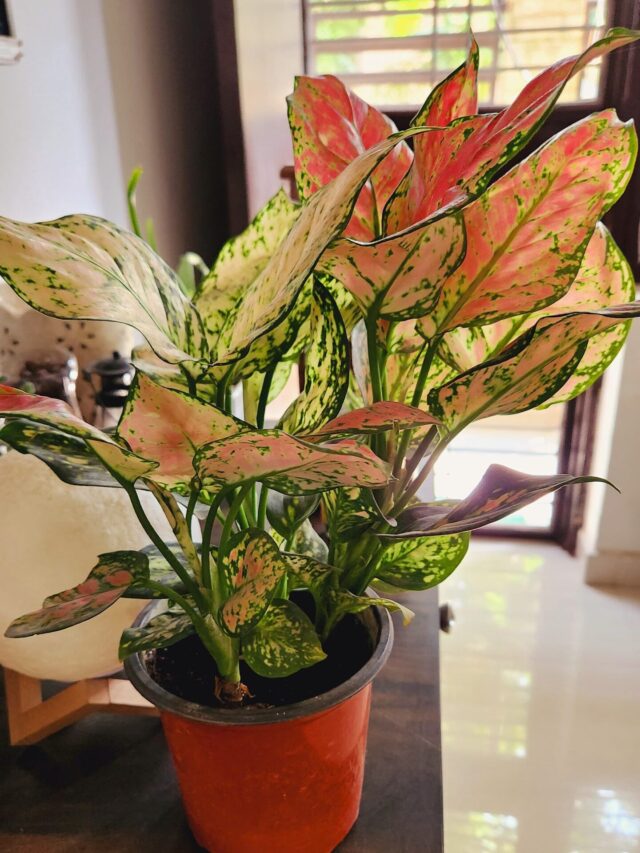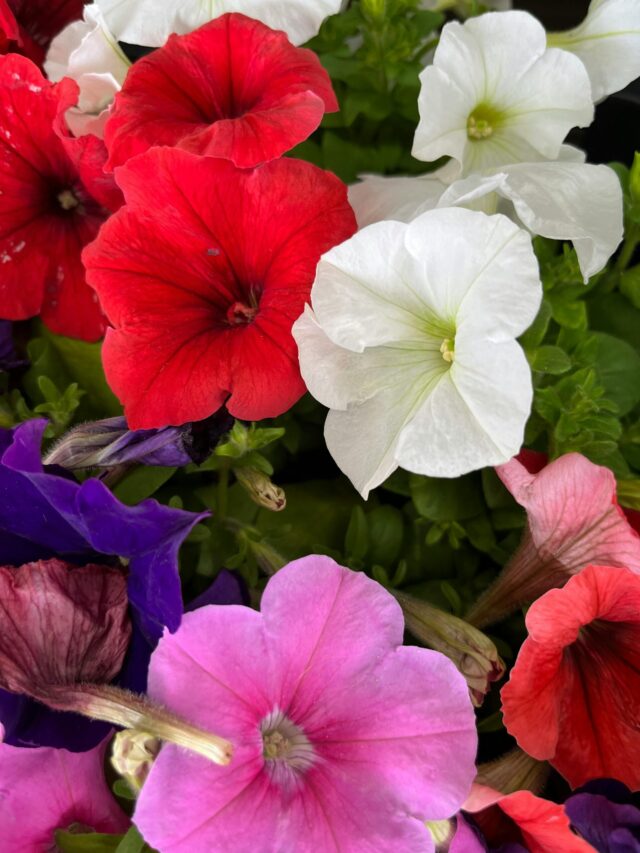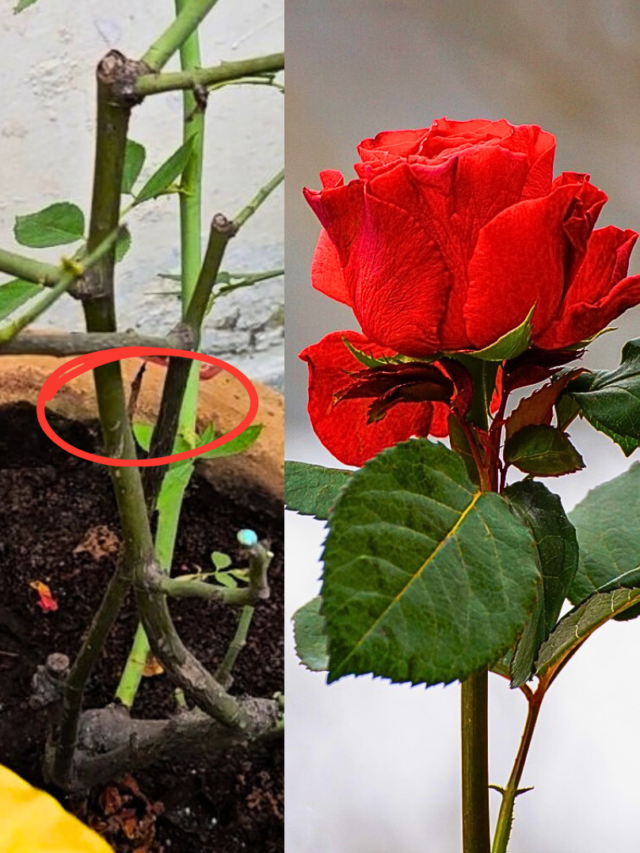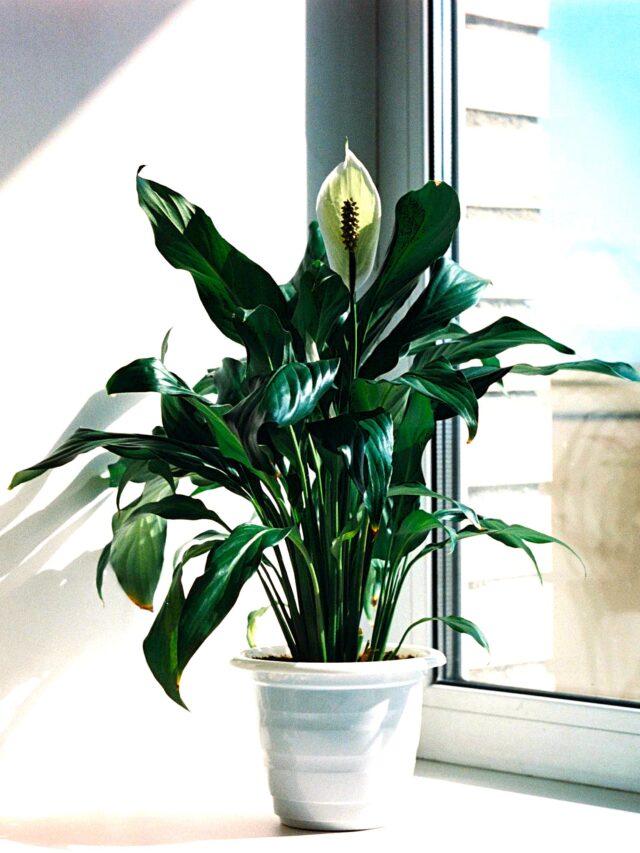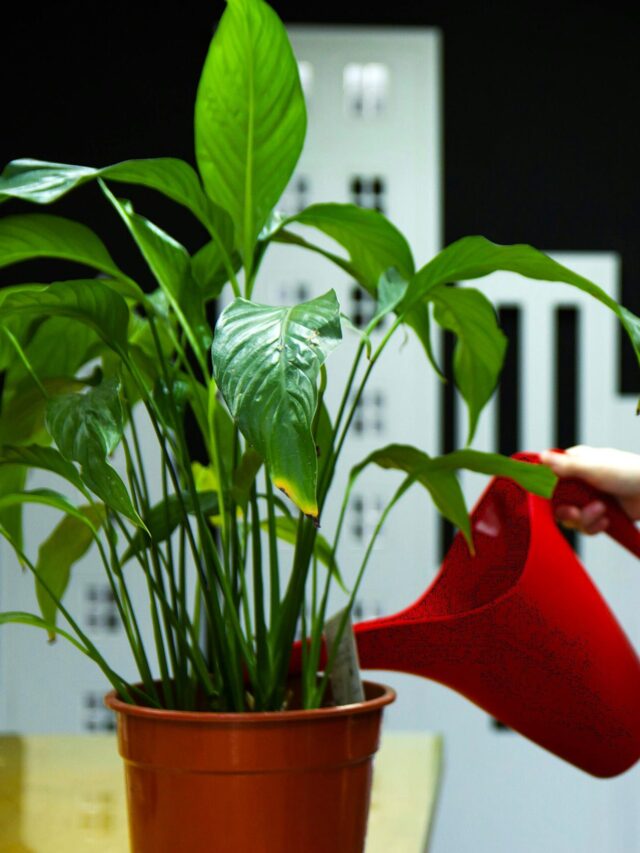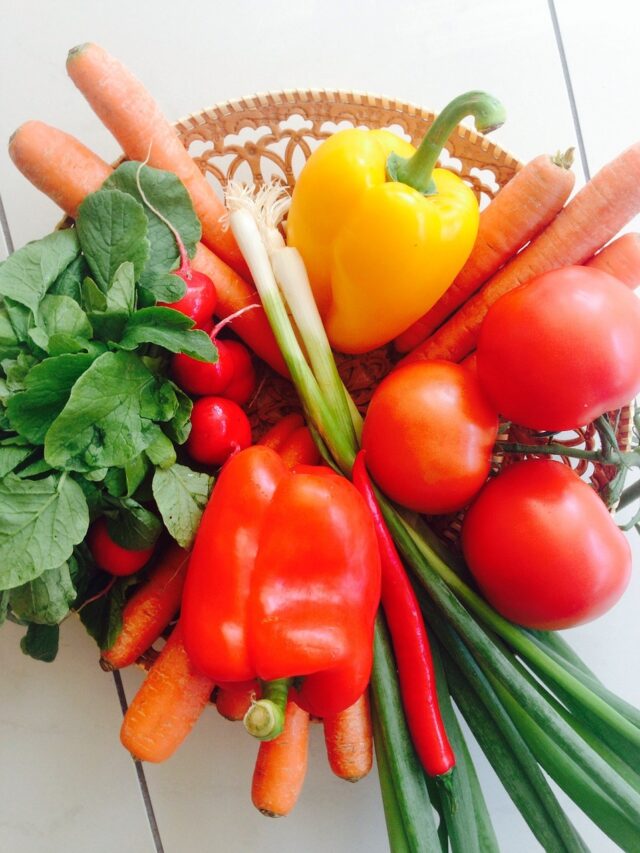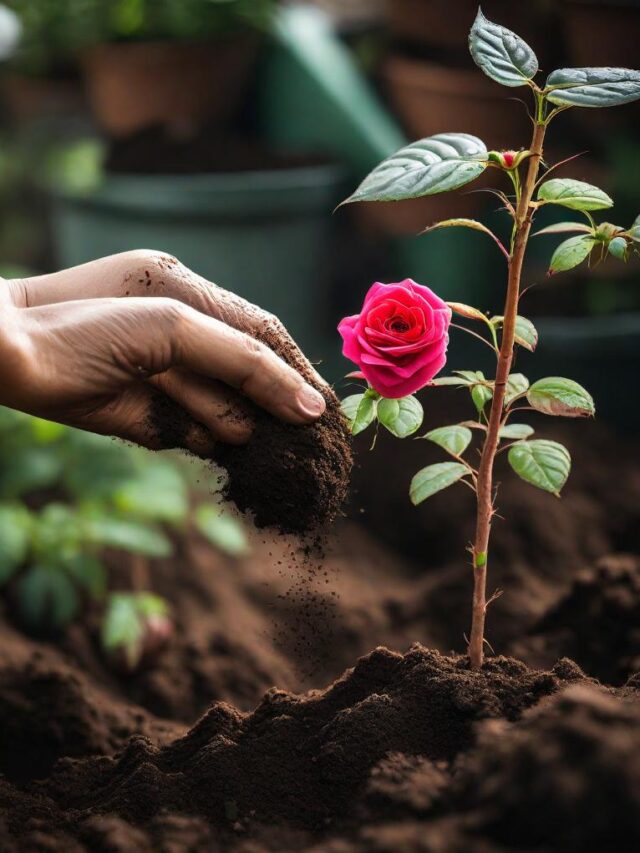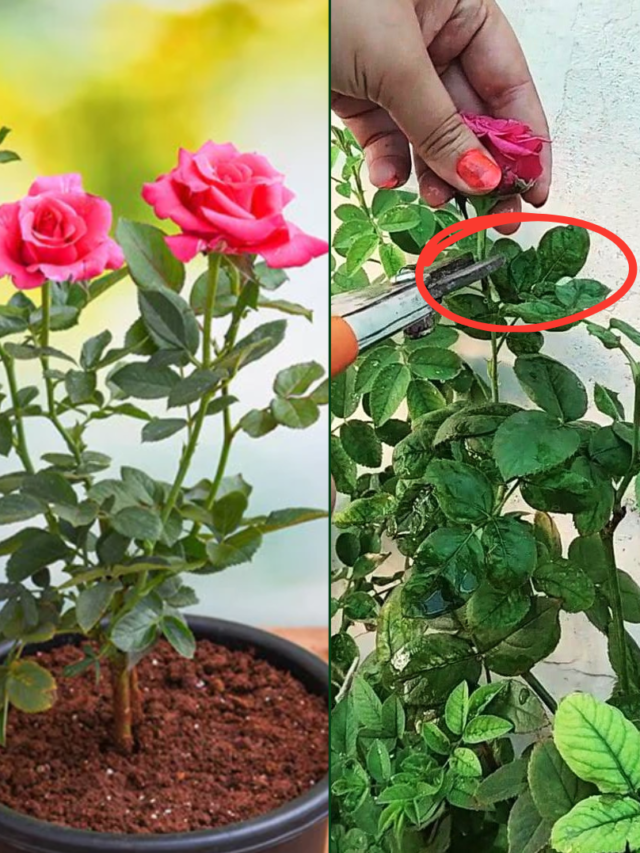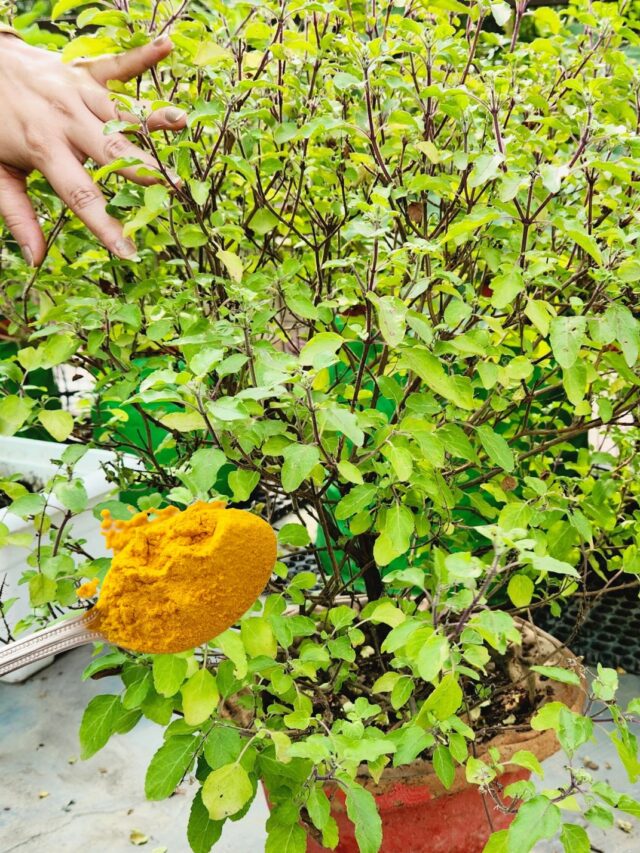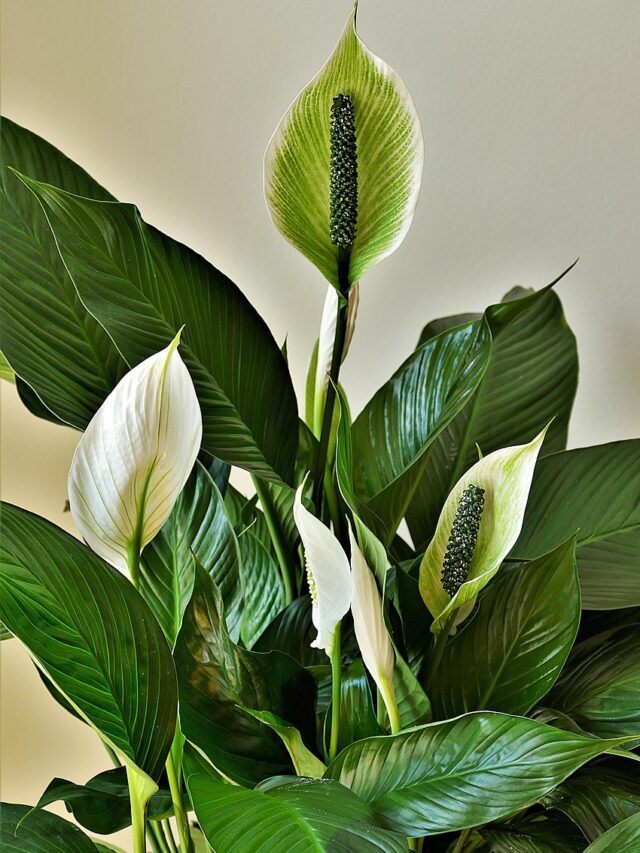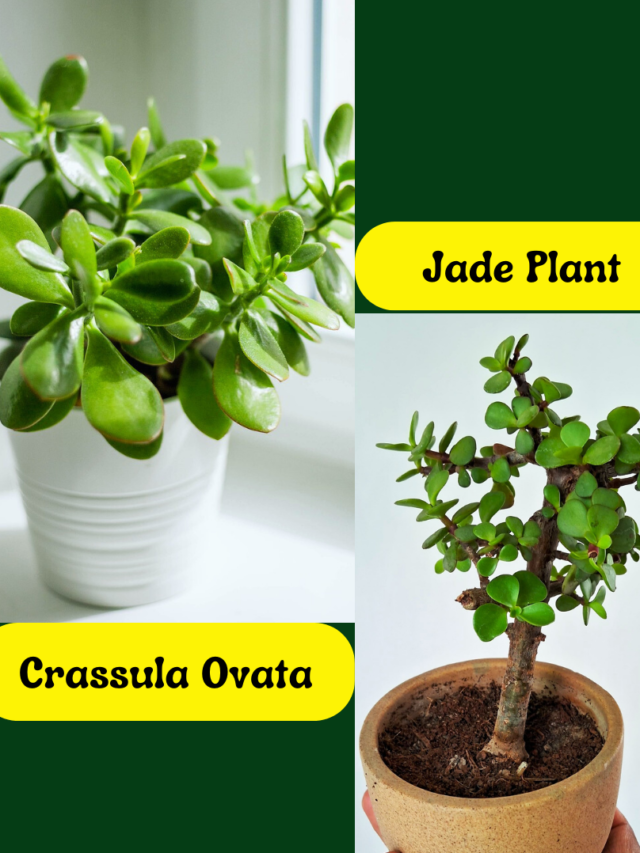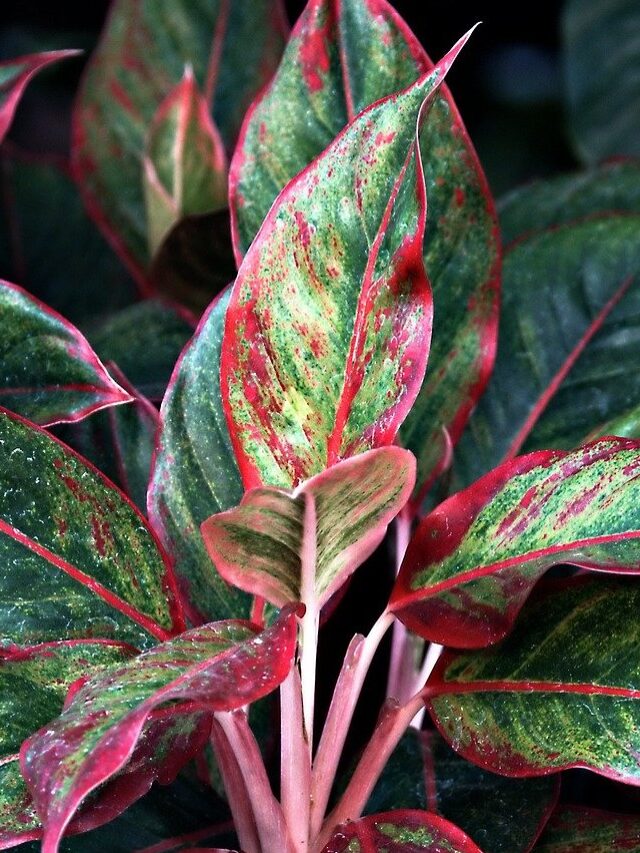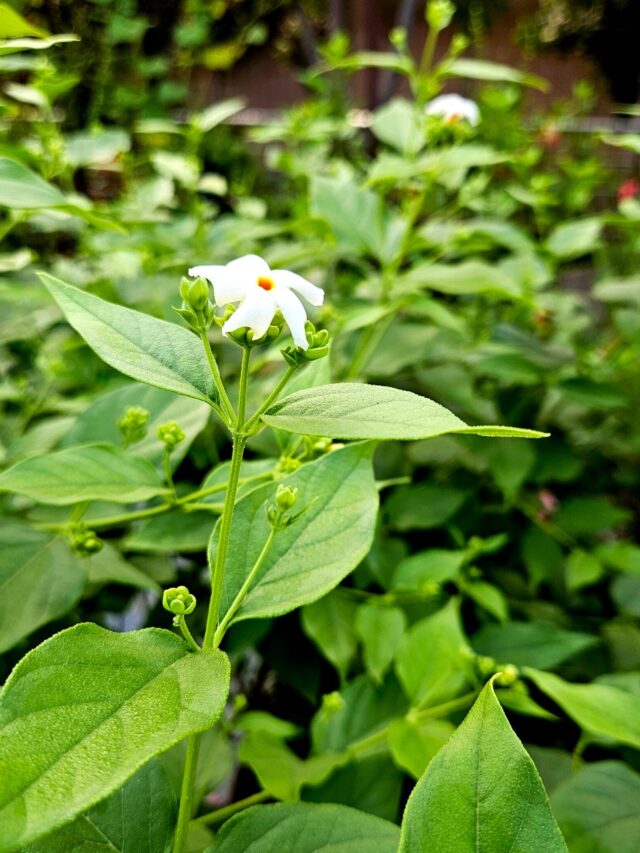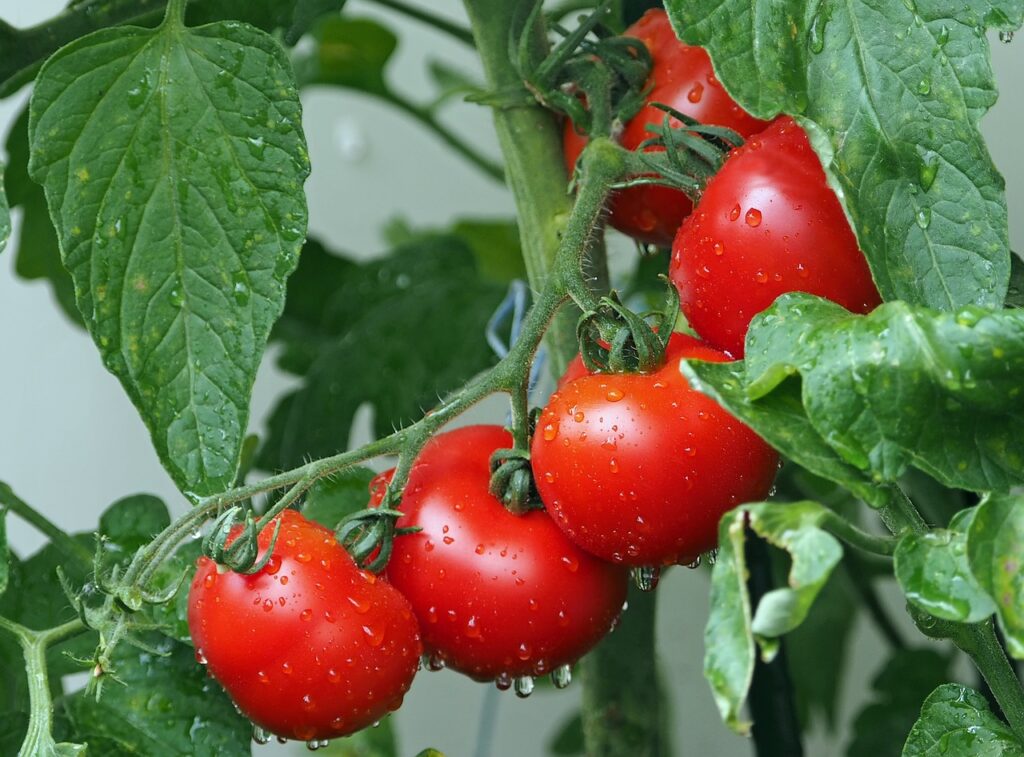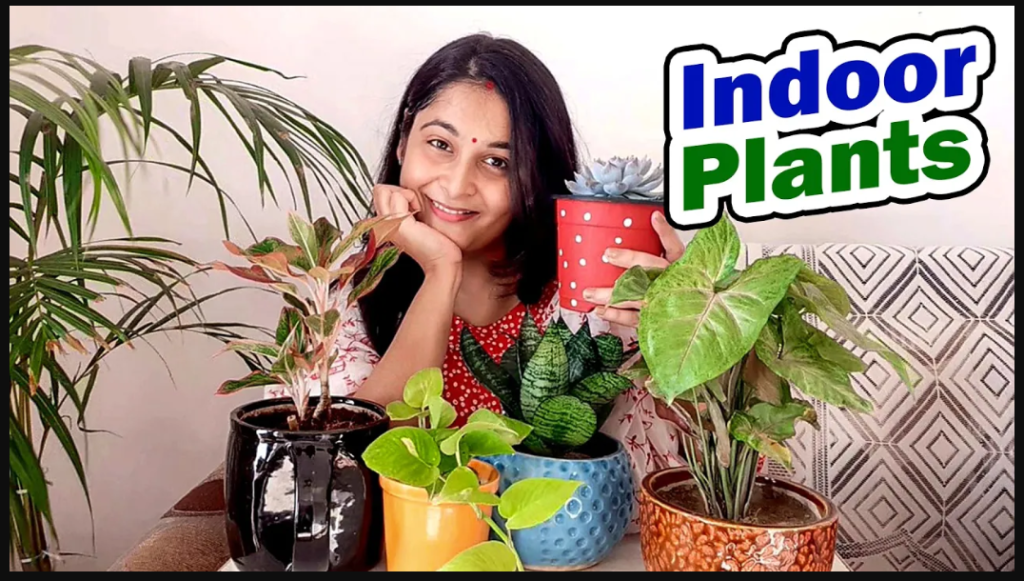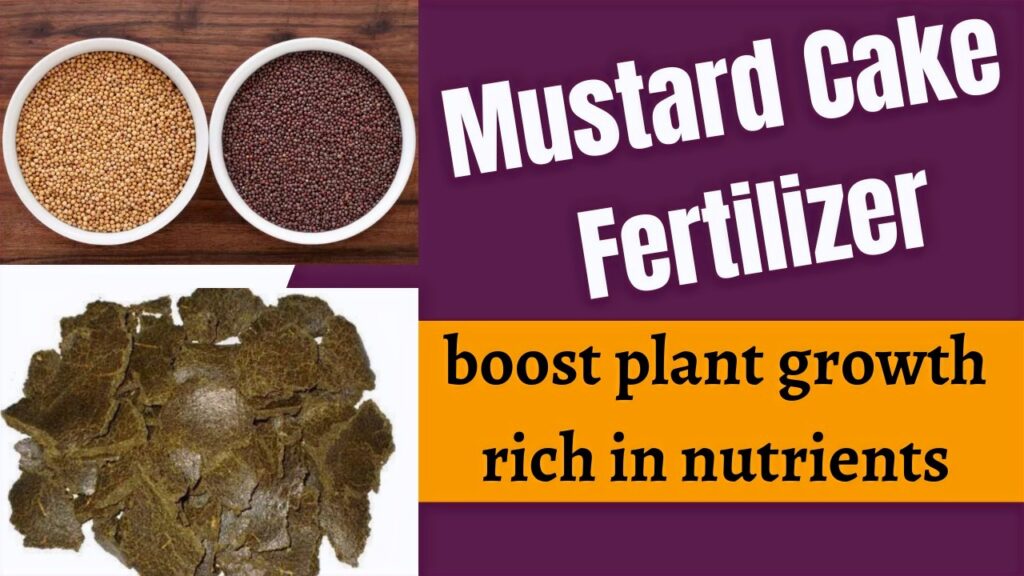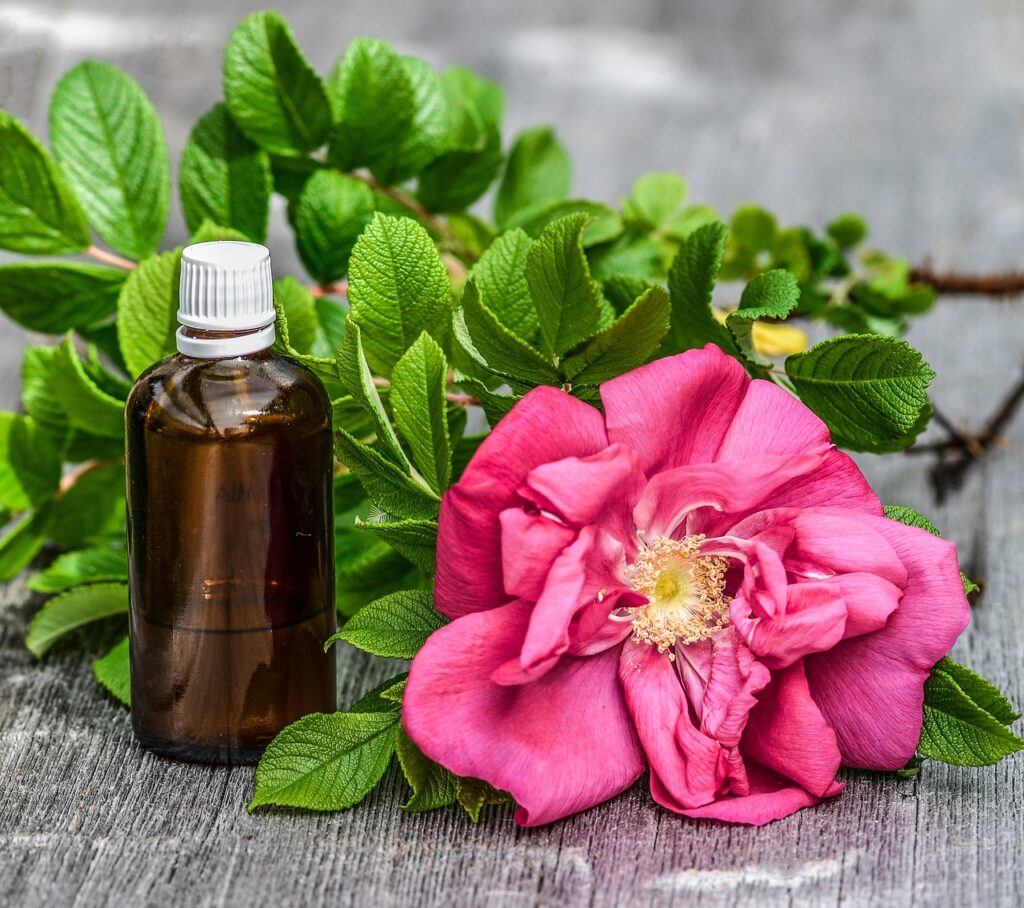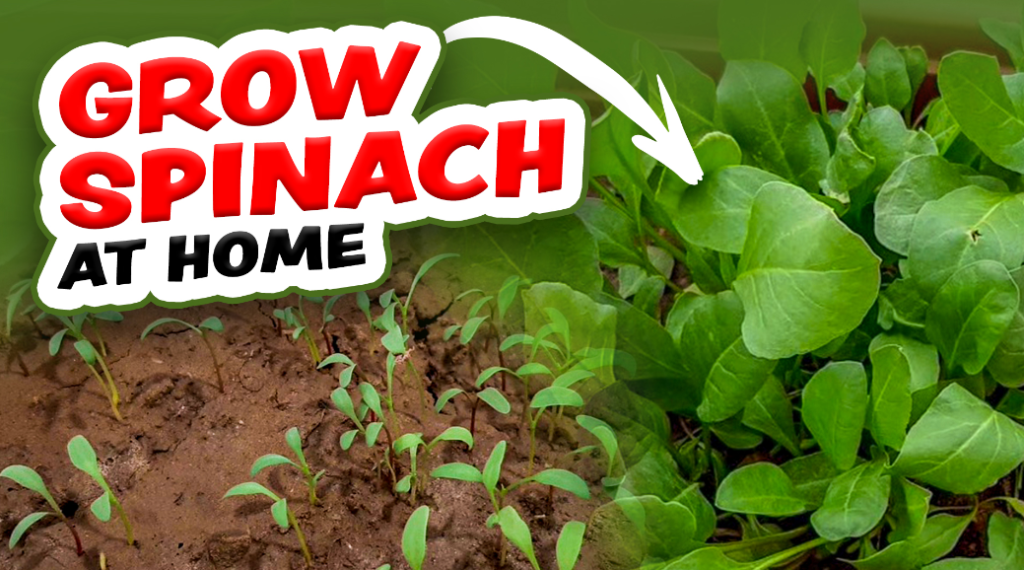Tomatoes are highly demanded vegetables that many gardeners want to grow at home in their terrace or balcony gardens. While some are experienced gardeners who grow tomatoes every year but beginners often make mistakes that hinder tomato growth.
They commit following mistakes which are mentioned below:
1. Using small pots/grow bags.
2. Choosing inferior seeds from nurseries or saving seeds from low-quality tomatoes and not adequately fertilizing with the necessary heavy fertilizers.
3. Additionally, difficulties may arise in treating diseases such as leaf miners or mildew.
4. Challenges also arise with issues like sucker removal and pruning.
Despite being common, these problems are often overlooked, hindering tomato growth and productivity.
Let’s delve into both the typical and less typical characteristics of tomatoes to consider before starting their cultivation.
1. Tomato Plant Lifespan:
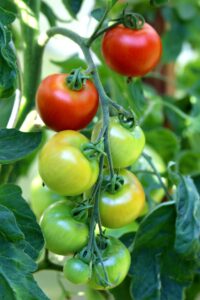
A tomato plant typically completes its life cycle within a single period, lasting around 5-6 months.
- During this time, the plant will go through flowering, produce tomatoes, and eventually wither after the harvest.
- It does not persist beyond this single growing season.
2. Growing Season:
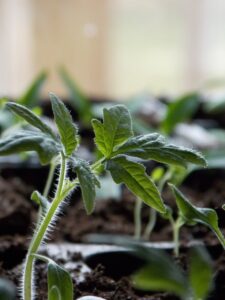
Tomatoes can be successfully seeded and grown during the spring (starting in February), monsoon (from mid-July onwards), and autumn (late September to mid-October) seasons.
- However, cultivating tomatoes in summer can be challenging as they have a tendency to ripen prematurely. This results in small, immature fruits that may begin to turn red before reaching their full size.
- Unfortunately, these prematurely ripened tomatoes often end up rotting during the hot summer months.
3. Process of Growing Tomatoes –

1. Seedling Tray Preparation:
- Use seedling trays to grow seeds and cover the bottom hole with the newspaper.
- Fill sections with soil mixture and wet thoroughly with a spray bottle, adding a layer of wet coco peat on top.
2. Seed placing & Selection:
- Place seeds on soil surface and again cover them with the same coco peat .
- Prefer hybrid tomato seeds over cherry tomato seeds.
3. Use of Fertilizer:
- Use Onion peel liquid fertilizer once seeds start germinating, avoiding heavy fertilizers like NPK, Urea, or DAP because these are heavy fertilizer’s and seedling might die at this stage due to these heavy fertilizer’s.
4. Mild sunlight exposure:
- After 2-3 leaves appear, move trays to a location with mild sunlight exposure for 1-1.5 hours.
5. Transplant seedlings into a larger pot:
- After about a month once the seedlings have strengthened transplant seedlings into larger pots, ensuring delicate roots remain protected.
- Water seedlings immediately after transplantation.
- It is important to note, do the shifting in evening only.
6. Monitoring seedlings health:
- Over the next few days, monitor the health of the tomato seedlings closely, noting which ones are thriving and which ones are showing signs of stress.
7. Application of Peanut Cake Fertilizer:
- Apply peanut cake fertilizer around 15 days after transplanting for increased growth.
8. Pinching
- Start doing pinching about 10-12 days after fertilization to encourage new stem growth, repeating every 8-10 days until small tomatoes appear.
4. Basic Requirements:
1. Sunlight Requirement:
- Tomato seedlings thrive best with a minimum of 5-6 hours of sunlight daily.
2. Ideal Grow Bag Size:
- For optimal growth, choose a 12-inch by 12-inch grow bag for tomato plants, avoiding smaller or larger sizes.
3. Uniform Soil Mix:
- Consistently use the same soil mixture for seedling trays, pots during transplantation, and in grow bags for tomato cultivation.
5. How to shift Plants into Grow Bags?
There are two methods for transplanting the plants.
1. First, fill the grow bags with the prepared soil mixture and water them properly to settle the soil and maintain moisture levels.
- Carefully remove the plant from its pot and gently place it inside the grow bag. After planting, avoid overwatering; only provide enough water to moisten the roots.
2. Secondly, fill the grow bag with soil and place the plant without pre-watering.
- After planting, water the plant generously to ensure ample moisture reaches the roots and the bottom soil gets properly wet.
Important note:
- Each grow bag should accommodate only one plant.
- Prune the bottom leaves of the plant near the soil to prevent contact with the ground, which can attract insects.
- Additionally, insert support sticks to prevent the plant from leaning in one direction.
- The next step should be to enhance the plant’s growth by making it strong, bushy, and dense.
6. Watering Techniques
(i) Normal Watering Routine:
- Water the plant when the top layer of the soil is dry, avoiding overwatering to prevent fungal attacks.
(ii) Fruiting Stage:
- Keep the soil consistently moist once tomatoes appear.
- Water the plant when the soil is slightly dry but still retains moisture.
- Avoid both overwatering and letting the soil dry out completely.
7. Removing Unwanted Byproducts:
(i) Weed Removal:
- Remove surrounding weeds before watering to preserve nutrients for tomato growth.
(ii) Bud Removal:
- Remove small buds along stems to prevent energy diversion from the plant and signal the end of its life cycle.
8. Fertilizer Cycle:
1. Early Stage:
Administer liquid fertilizer every 20 days until small tomatoes appear. Recommended options include
- Vermicompost Tea,
- Cow Dung Compost Tea,
- Kitchen Compost Tea,
- Groundnut Cake Fertilizer, and
- Neem Cake Fertilizer.
Note:
- Avoid Groundnut Cake and Mustard Cake Fertilizers in hot, humid summers, preferring them during the rainy season or winter.
2. Fruiting Stage:
Increase fertilizer dosage during flowering and fruiting, focusing on micronutrients.
- Apply seaweed spray once tomatoes appear.
- Adjust frequency to every 15 days, using Seaweed Liquid, Onion Peel Liquid, and Banana Peel Liquid in rotation.
Follow the schedule:
- Groundnut Cake Liquid Fertilizer (1st of each month),
- Seaweed Liquid Fertilizer (15th of the same month),
- Cow Dung Compost Tea (30th of the same month),
- Subsequently, after 14 or 15 days, switch to Onion Peel Fertilizer.
Continuing to rotate with all other fertilizers to ensure the plant receives all necessary nutrients and energy.
Note:
- Consistently remove bottom leaves, weeds, and stems to maintain soil visibility and accessibility.
- Regularly remove yellowing and blackening leaves to promote plant health.
- During the fruiting stage, eliminate all suckers, small buds located between stems, to prevent energy diversion and promote overall plant growth.
Common Issues and Solutions:
1. Leaf Miners:

- White lines on leaves signal insect infestation, damaging the plant. Remove affected leaves and apply a mixture of water-soluble neem oil and garlic water for 3-4 days to stop the spread and aid recovery.
2. Black Flies:
- Tiny black flies trapped on branches can be eliminated by spraying with neem oil solution.
3. Leaf Curl:
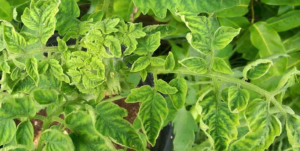
- Address early to avoid chemical intervention.
- Ensure timely administration of fertilizers, especially micronutrients.
- Remove affected plant parts.
- Dilute buttermilk with water and spray onto the plant twice, with a 2-day interval, for a total of 2-3 treatments.
5. Split Tomatoes:
- Remove split tomatoes and spray with diluted raw milk.
6. Blackening Tomatoes:
- Provide ample water and micronutrients with seaweed-based fertilizers.
7. Worm Infestation:
- Treat with neem oil spray.
8. Tomato Ripening:
- Use mustard cake fertilizer to aid ripening process.
Conclusion:
- By following these guidelines, you can successfully grow tomatoes at home.
Enjoy the satisfaction of homegrown produce!
Make Your Own Garden!


